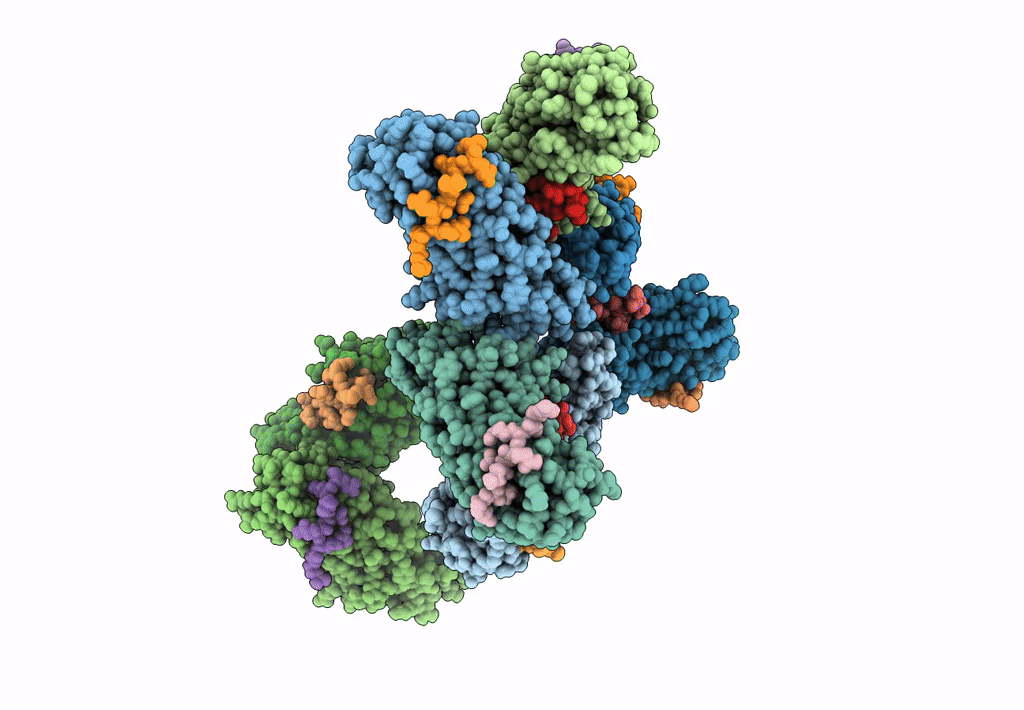
Deposition Date
2021-02-08
Release Date
2022-02-16
Last Version Date
2023-10-18
Method Details:
Experimental Method:
Resolution:
2.71 Å
R-Value Free:
0.22
R-Value Work:
0.21
R-Value Observed:
0.21
Space Group:
P 1 21 1


